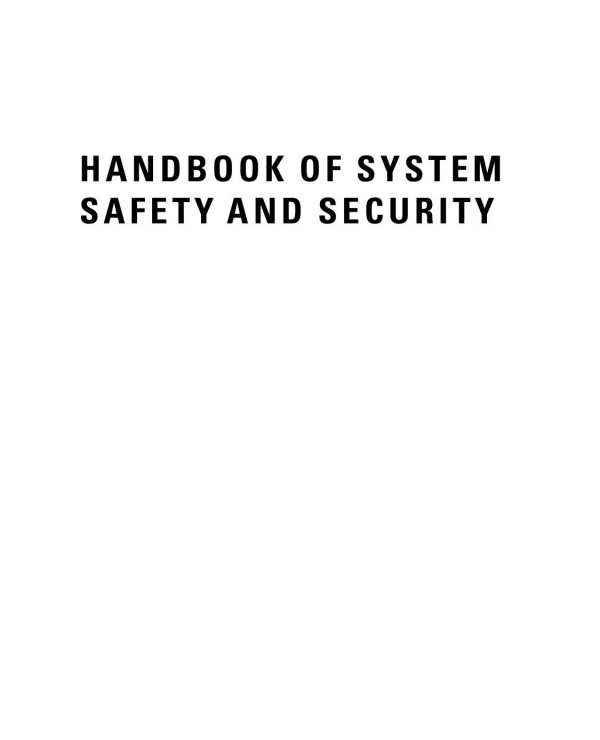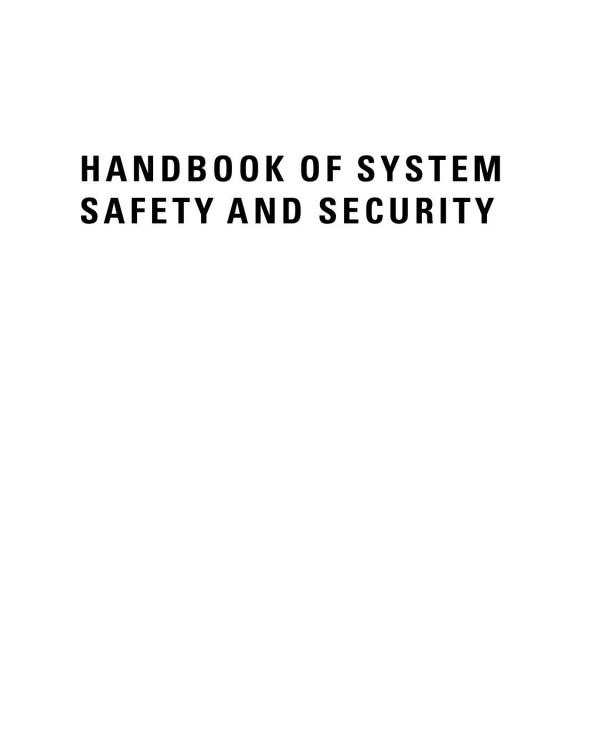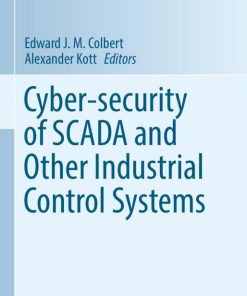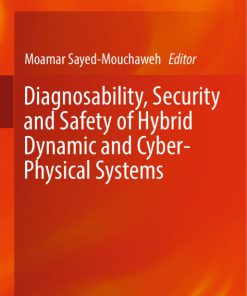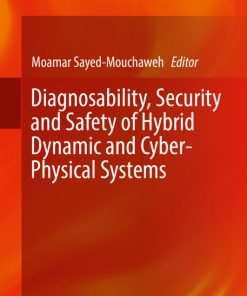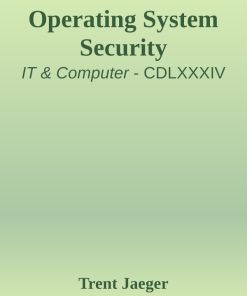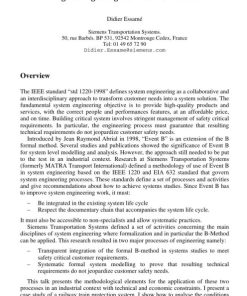Handbook of System Safety and Security 1st Edition by Edward Griffor ISBN 0128037733 97
Original price was: $50.00.$25.00Current price is: $25.00.
Authors:Edward R. Griffor , Series:Cyber Security [162] , Tags:Cyber Security; Computational Intelligence: Research Frontiers , Author sort:Griffor, Edward R. , Ids:Google; 9781786849892 , Languages:Languages:eng , Published:Published:Apr 2017 , Publisher:Syngress Media Incorporated , Comments:Comments:Handbook of System Safety and Security: Cyber Risk and Risk Management, Cyber Security, Adversary Modeling, Threat Analysis, Business of Safety, Functional Safety, Software Systems, and Cyber Physical Systems presents an update on the world’s increasing adoption of computer-enabled products and the essential services they provide to our daily lives. The tailoring of these products and services to our personal preferences is expected and made possible by intelligence that is enabled by communication between them. Ensuring that the systems of these connected products operate safely, without creating hazards to us and those around us, is the focus of this book, which presents the central topics of current research and practice in systems safety and security as it relates to applications within transportation, energy, and the medical sciences. Each chapter is authored by one of the leading contributors to the current research and development on the topic. The perspective of this book is unique, as it takes the two topics, systems safety and systems security, as inextricably intertwined. Each is driven by concern about the hazards associated with a system’s performance. Presents the most current and leading edge research on system safety and security, featuring a panel of top experts in the field Includes several research advancements published for the first time, including the use of ‘goal structured notation’ together with a ‘judgment calculus’ and their automation as a ‘rule set’ to facilitate systems safety and systems security process execution in compliance with existing standards Presents for the first time the latest research in the field with the unique perspective that systems safety and systems security are inextricably intertwined Includes coverage of systems architecture, cyber physical systems, tradeoffs between safety, security, and performance, as well as the current methodologies and technologies and implantation practices for system safety and security.

